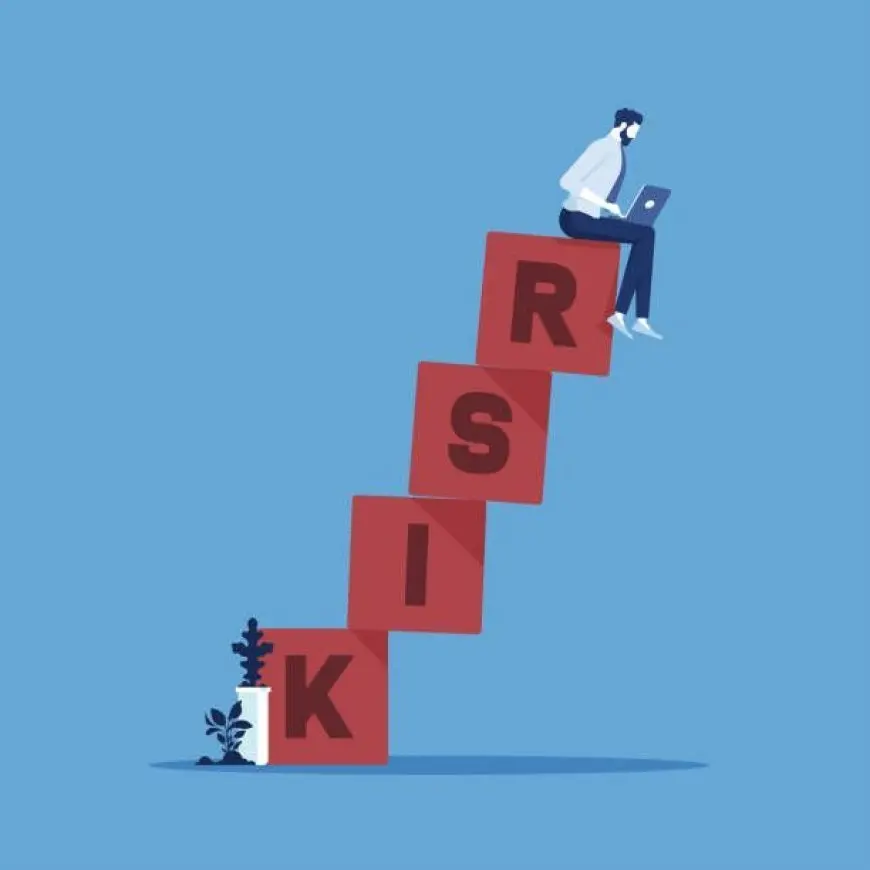The Importance of Risk Management in Finance
The Importance of Risk Management in Finance

Risk management is a cornerstone of financial planning and strategy, crucial for businesses, investors, and individuals alike. It involves identifying, analyzing, and mitigating potential risks to protect assets and ensure financial stability. By prioritizing risk management, organizations and individuals can minimize losses, optimize decision-making, and prepare for uncertainties.
Understanding Risk in Finance
In finance, risks can take many forms, such as market volatility, credit defaults, operational failures, or unforeseen external events. Ignoring these risks can lead to significant financial losses, disrupt cash flows, and jeopardize long-term goals. Effective risk management is not about eliminating risks entirely—an impossible task—but about understanding and controlling them to an acceptable level.
Why Risk Management Matters
One of the key reasons risk management is vital is its ability to safeguard financial health. For businesses, poor risk management can lead to bankruptcies or severe reputational damage. For investors, it can erode portfolio value. For individuals, unaddressed financial risks might mean insufficient funds during emergencies or retirement.
Risk management also fosters informed decision-making. By assessing potential risks and their impacts, stakeholders can make well-rounded decisions that align with their financial objectives. Additionally, it provides a competitive advantage, allowing businesses to operate with greater confidence and resilience.
Key Components of Financial Risk Management
- Risk Identification: Recognizing potential threats, such as fluctuating interest rates, economic downturns, or natural disasters, helps in preparing a response plan.
- Risk Assessment: Understanding the likelihood and impact of these risks ensures that resources are allocated effectively to address the most critical threats.
- Mitigation Strategies: Diversifying investments, purchasing insurance, or creating contingency funds are ways to reduce the potential impact of risks.
- Monitoring and Review: Risk management is not a one-time activity. Regular monitoring ensures the strategies remain relevant as circumstances evolve.
Examples of Risk Management in Action
For businesses, risk management might involve hedging currency fluctuations through financial derivatives or establishing cybersecurity protocols to protect against data breaches. Investors might use asset diversification to spread exposure across industries or geographies, minimizing the impact of market downturns in one sector. Individuals often engage in risk management through health insurance, retirement savings, or maintaining emergency funds.
The Role of Technology
Modern technology has revolutionized risk management. Predictive analytics, artificial intelligence, and big data are now used to identify patterns and forecast potential risks. These tools enhance precision and enable faster responses to emerging threats. For instance, financial institutions can use algorithms to detect fraudulent transactions in real-time, protecting clients and their assets.
Balancing Risk and Reward
Risk management doesn’t mean avoiding all risks; instead, it’s about finding the right balance between risk and reward. Investors and businesses often take calculated risks to achieve growth and higher returns. Proper risk management ensures that these risks align with the entity's risk tolerance and capacity, paving the way for sustainable financial progress.
The importance of risk management in finance cannot be overstated. Whether it's ensuring the resilience of a multinational corporation or safeguarding an individual's financial future, managing risks effectively is crucial for achieving stability and success. By identifying potential threats, implementing mitigation strategies, and continuously adapting to new challenges, stakeholders can navigate uncertainties with confidence.







